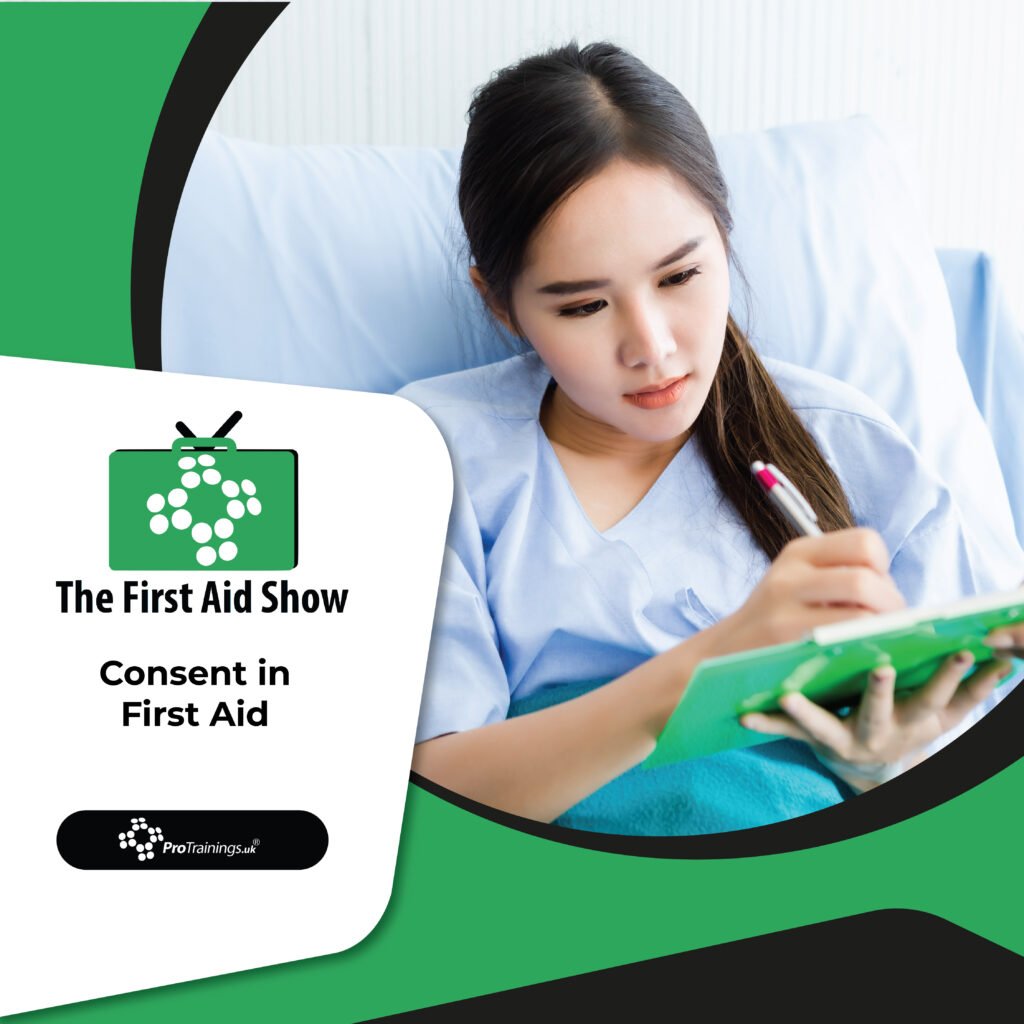Understanding Consent in First Aid
Introduction to First Aid Consent
Obtaining consent is a critical first step before administering first aid. Introducing oneself as a first aider and asking for permission to assist is paramount.
How to Obtain Consent
A standard approach to seeking consent is to introduce yourself and ask, “I am a first aider. May I help you?” While the exact wording can vary, having a consistent method helps in recalling how consent was obtained. Consent is not a one-time action but a continuous process throughout the first aid procedure.
Effective Communication During First Aid
Keeping the patient informed is essential. Explain what you intend to do, why it’s necessary, and seek their agreement, especially before any physical contact.
Implied Consent
In situations where the patient cannot give explicit consent, such as being unconscious, consent is implied. However, it’s important to verbally ask for permission, even if the patient can’t respond. Once the patient regains consciousness, consent must be reconfirmed.
Special Cases of Consent
- Non-verbal responses: In cases like choking, where the patient cannot speak, non-verbal cues such as nodding can indicate consent.
- Children: Always seek consent from a parent or guardian before administering first aid to a child.
- Adults with family: If an adult patient is with a family member, ask them for consent.
Key Takeaways
Always ensure that you obtain consent correctly at the outset and continue to reaffirm it throughout the first aid process. Consent, whether explicit or implied, is a fundamental aspect of effective and respectful first aid.


